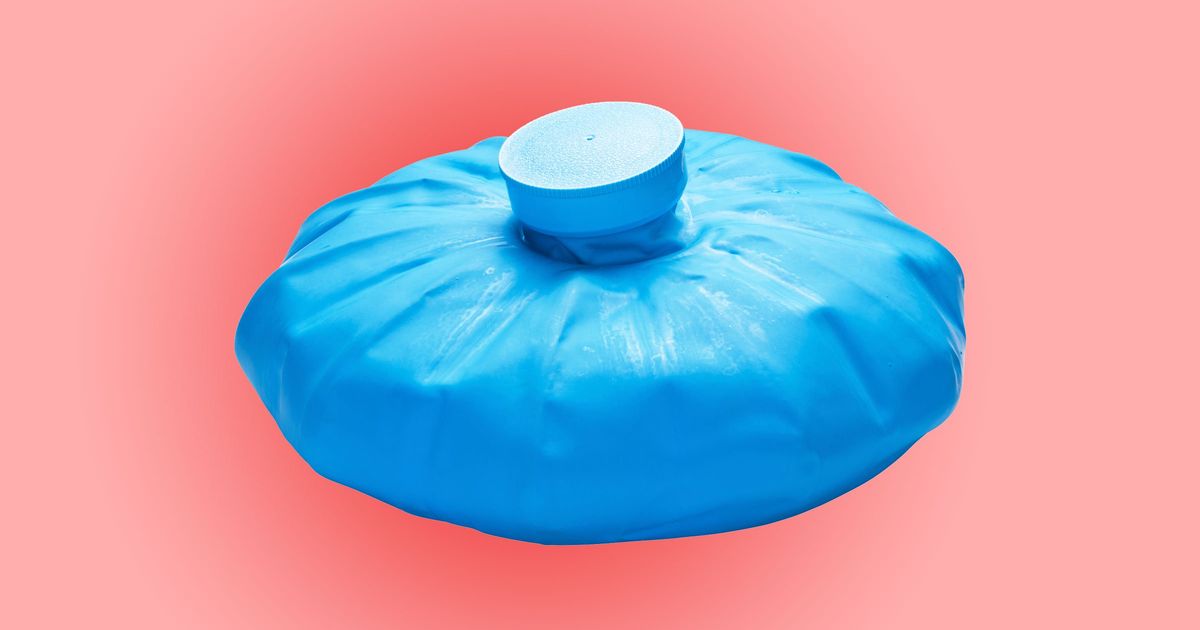Methods Of Treating Tennis Elbow (Lateral Epicondylitis)
Lateral epicondylitis, also known as tennis elbow, is a condition that occurs in the extensor carpi radialis brevis, which is the tendon that connects a long muscle located in the forearm to the elbow, often due to repetitive motions or from an injury. It is commonly seen in individuals who participate in activities such as tennis or other racket sports, weight lifting, or even fencing. However, lateral epicondylitis also is common in individuals who perform repetitive movements while gripping, such as painters and carpenters. Considered an overuse injury, tennis elbow can keep causing pain, even if individuals stop the aggravating activity. There are several treatment options to reduce pain and help with healing.
Ice The Affected Elbow

Ice and cold compresses are regularly used for injuries and conditions that result in pain and inflammation. Icing reduces swelling in an injured area by slowing down the blood flow. There are many commercial products to choose from, or individuals can make their own cold compresses with items they have handy at home. For instance, individuals can fill a bag with ice cubes, wrap it with a cool, damp cloth, and place it on the injured area. Patients with tennis elbow should ice the affected elbow for fifteen to twenty minutes, three times a day until the pain recedes. If the swelling is prominent or pain is severe, patients may want to apply the compress every two hours until they notice some relief.
Reveal the next method of treating lateral epicondylitis now.
Protect Injury From Further Strain

Patients can protect the injury from further strain by limiting the activity that caused tennis elbow to occur in the first place, giving the tendon some time to heal. However, it is not always possible to completely avoid movements that may cause pain. In these cases, specially designed elbow straps can be used to prevent excessive strain on the tendon. These straps work by changing the central focus of a movement, helping decrease movement of the affected tendon during recovery. While reducing certain motions can help prevent further strain, keeping the area immobilized can do more harm than good. Thus, patients must be sure to keep their elbow moving properly during the recovery process.
Continue reading to learn more about how to treat lateral epicondylitis.
